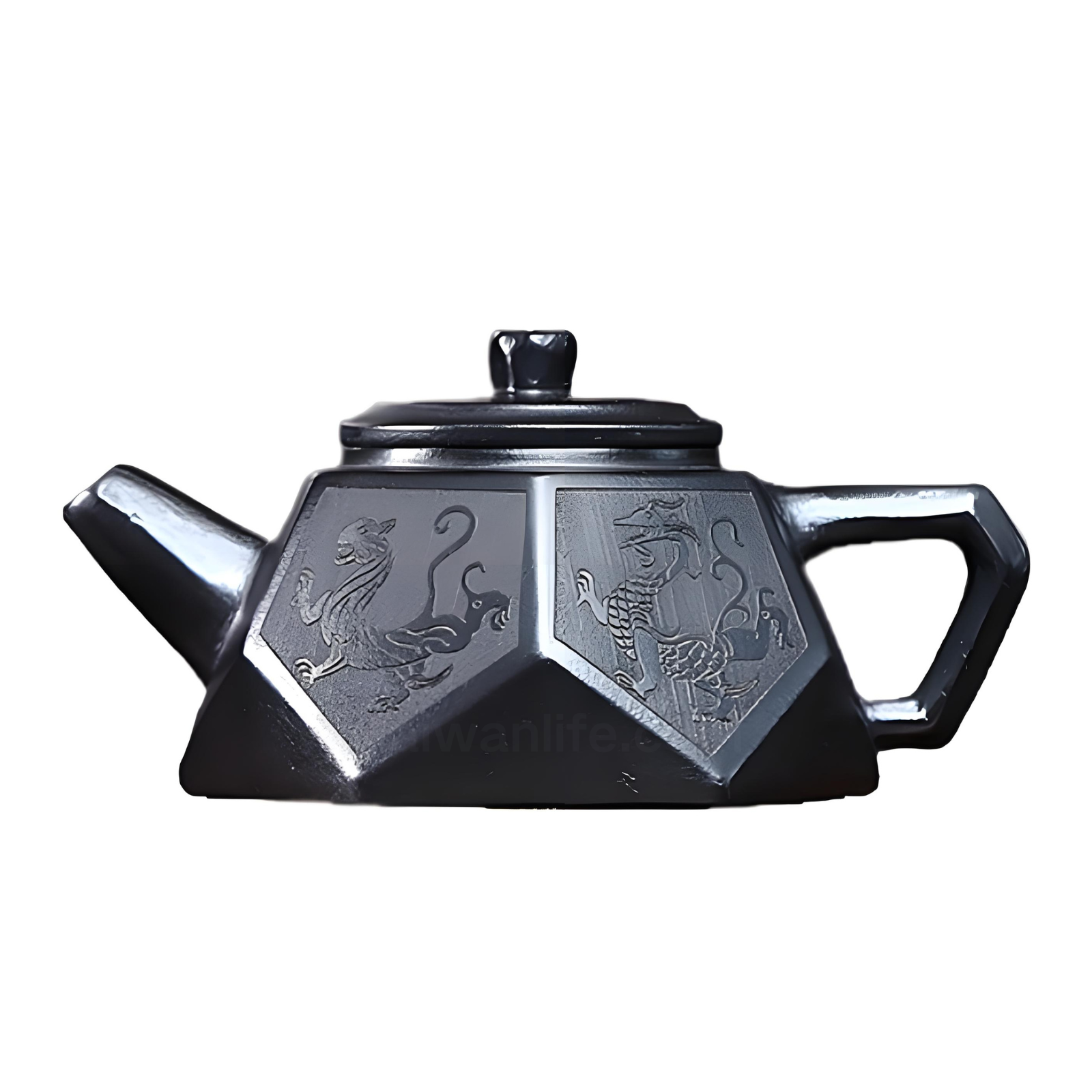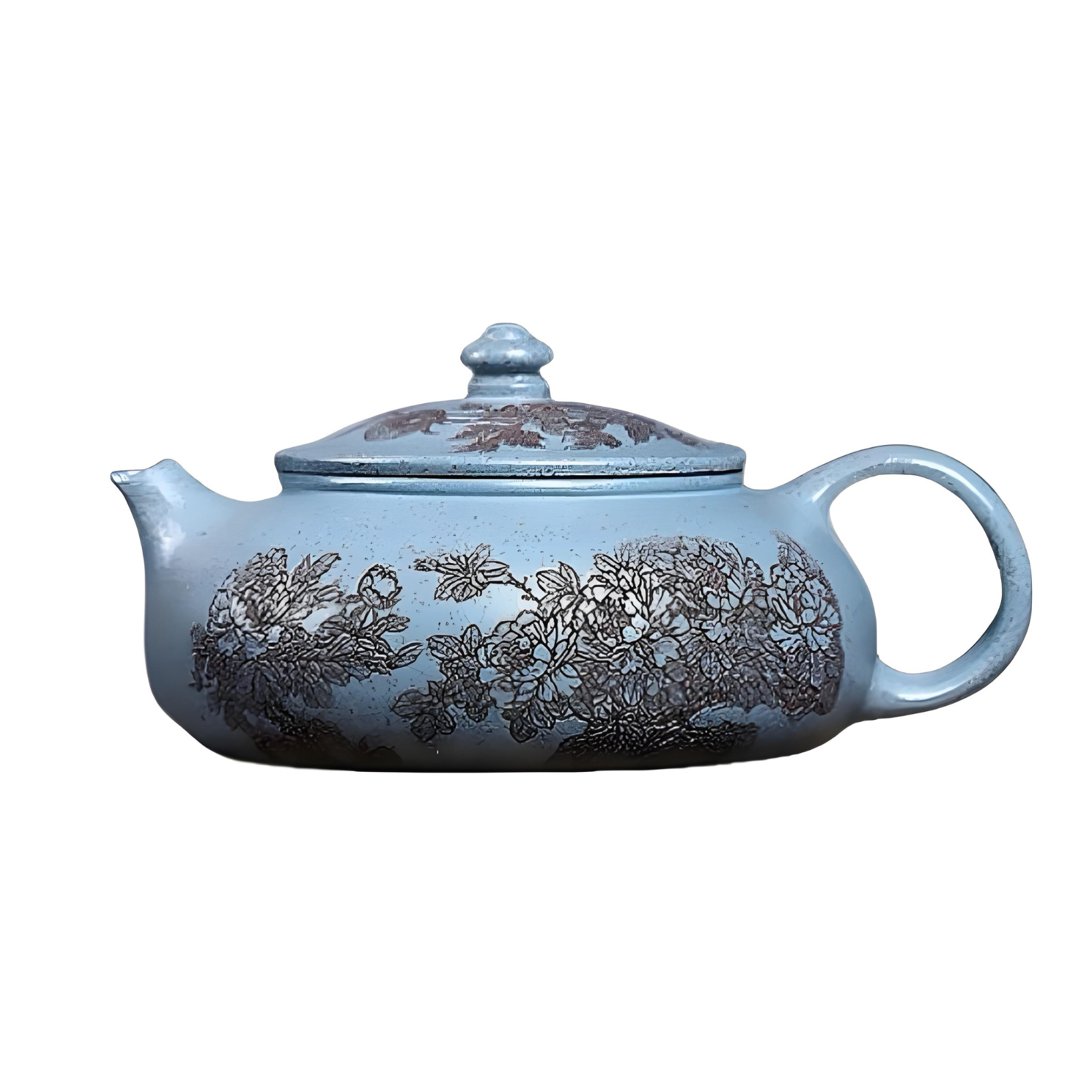Théière chinoise en argile violette Yixing , ✨ Avec une forme classique, améliore la qualité de la consommation de thé et convient à l'infusion ou à la collecte quotidienne du thé.
Distributeur:Gaiwan Life
Distributeur:Gaiwan Life
Distributeur:Gaiwan Life
Distributeur:Gaiwan Life
Distributeur:Gaiwan Life
Distributeur:Gaiwan Life
Distributeur:Gaiwan Life
Distributeur:Gaiwan Life
Distributeur:Gaiwan Life
À propos
Théières Yixing










